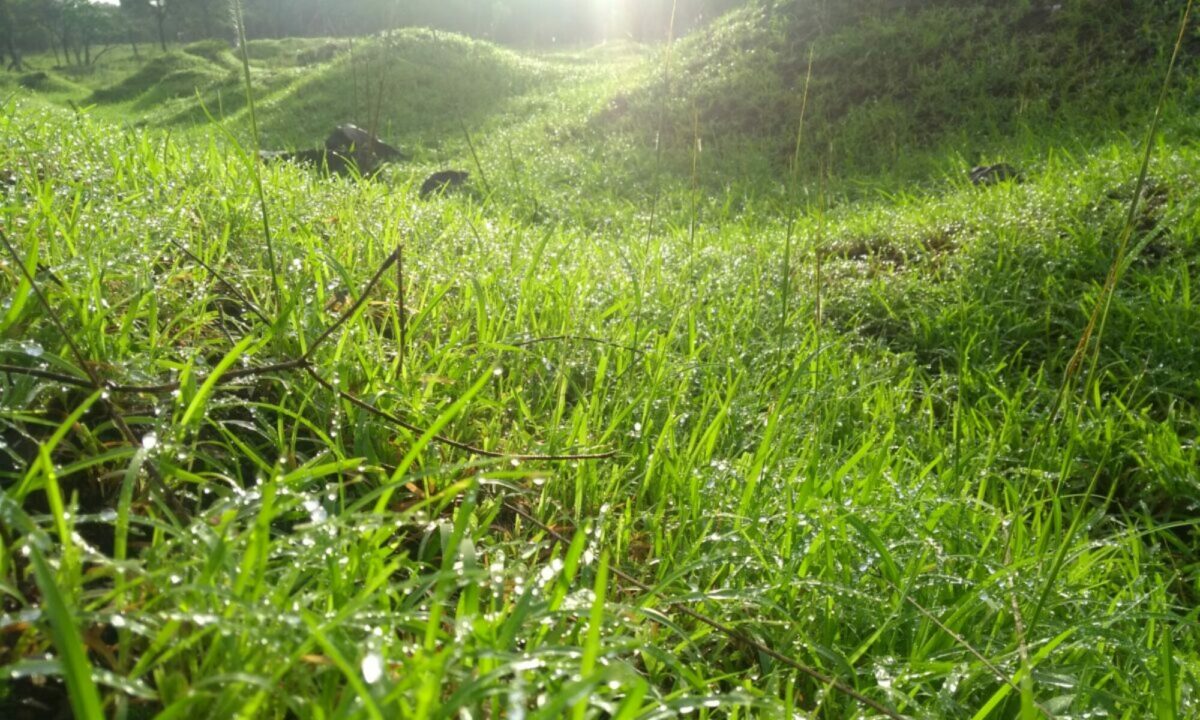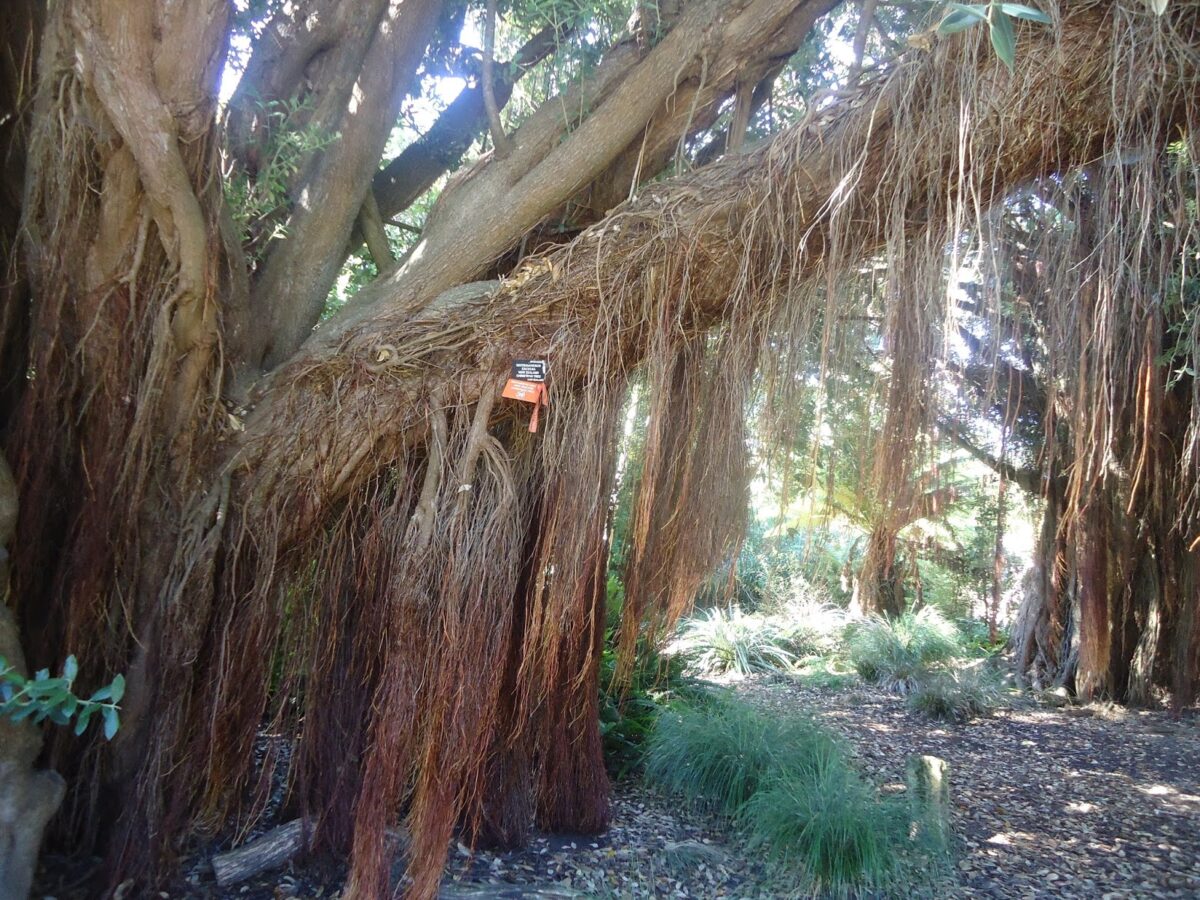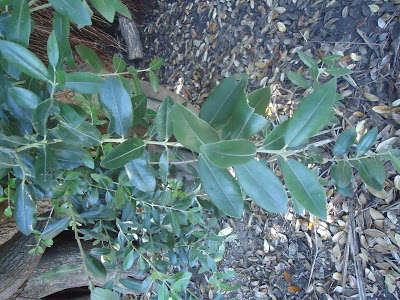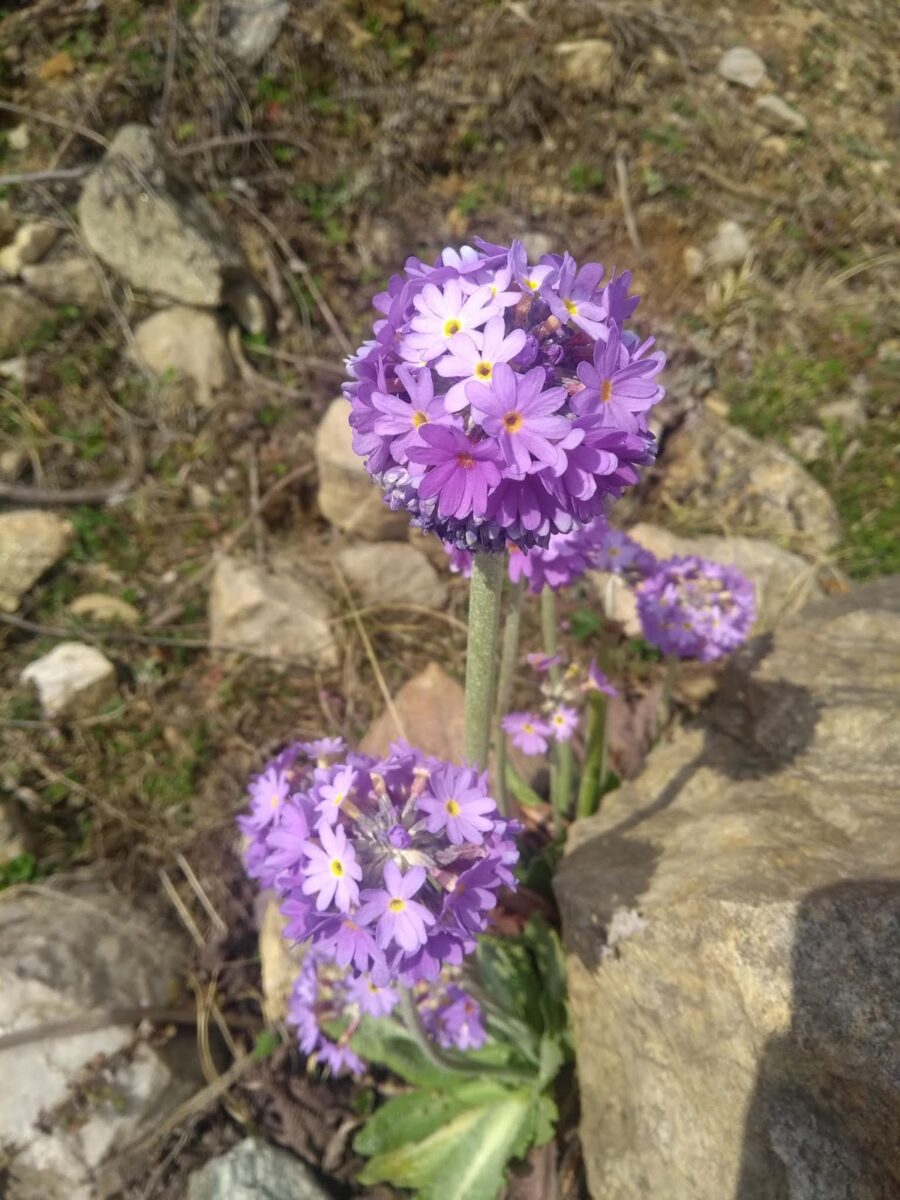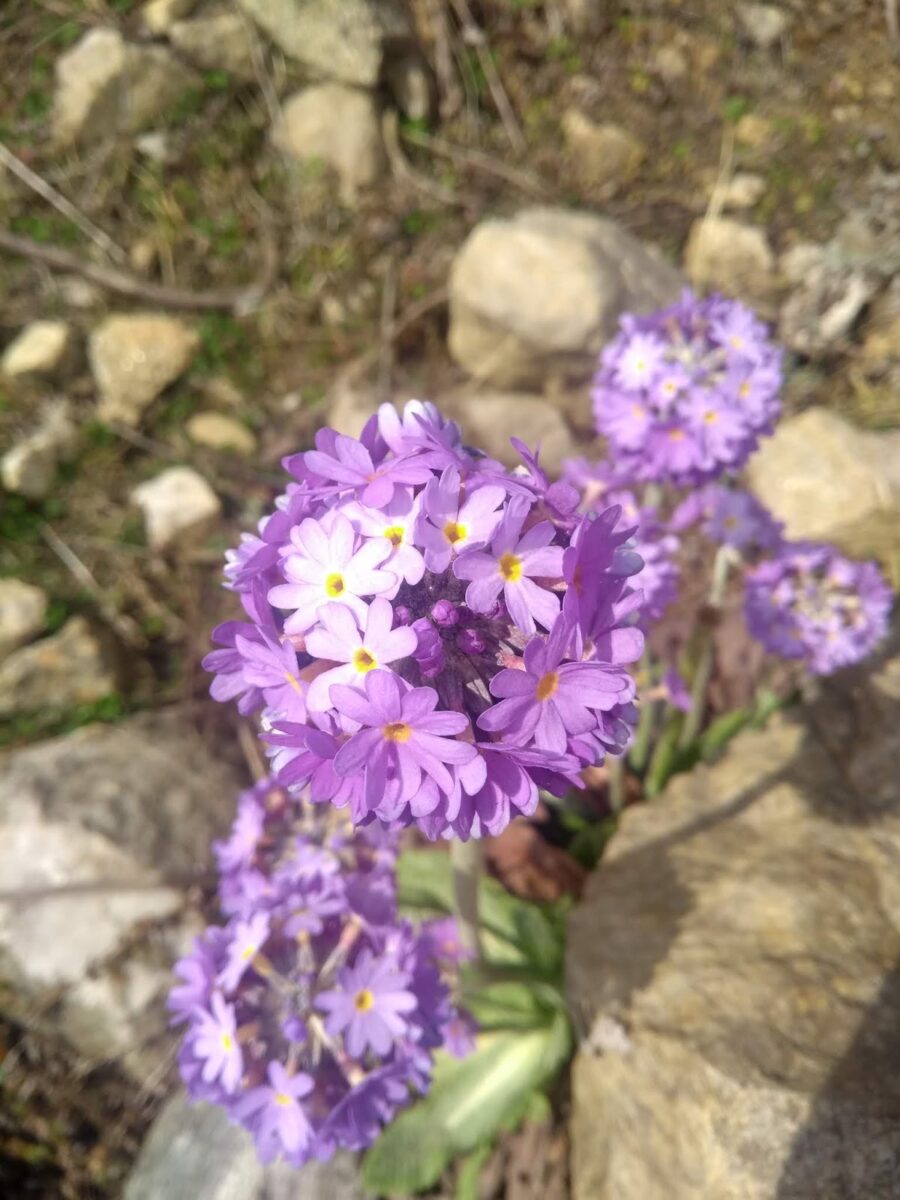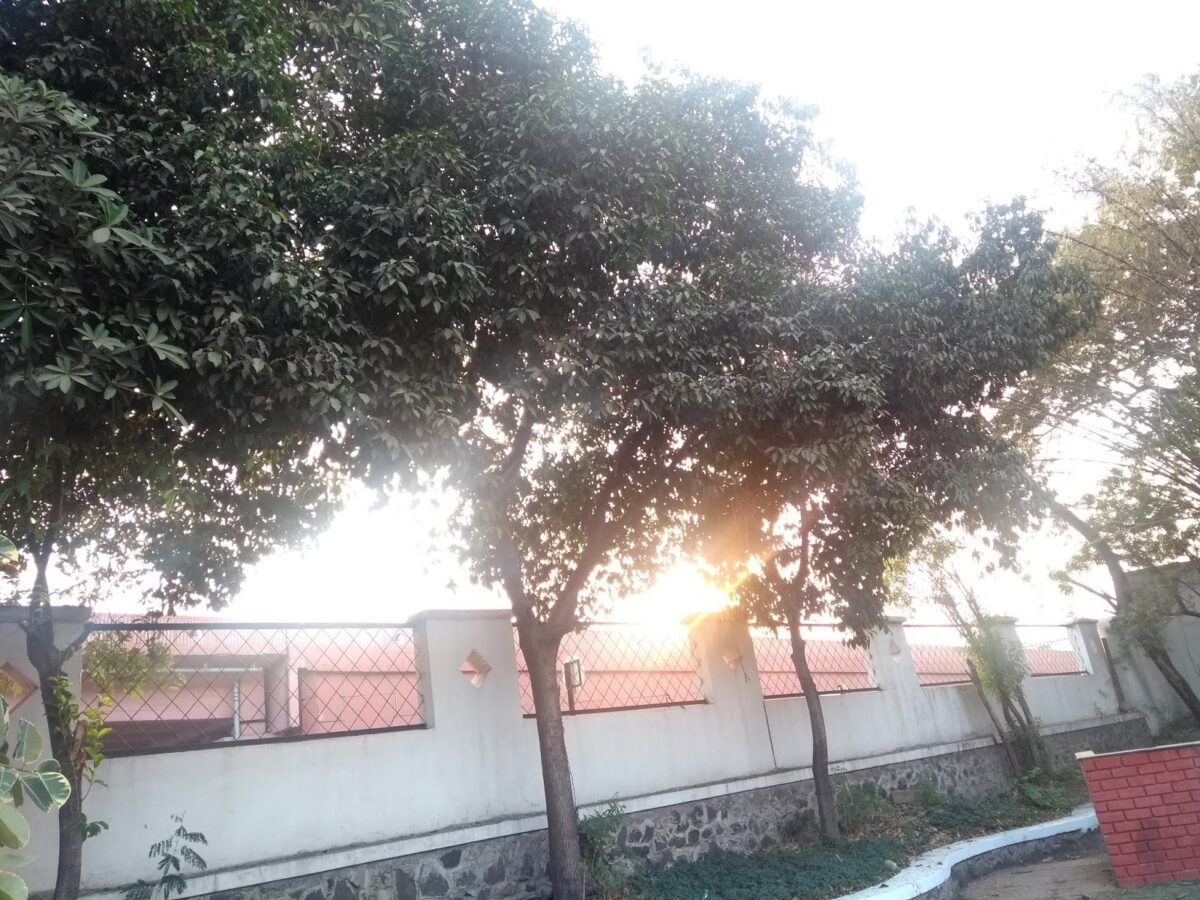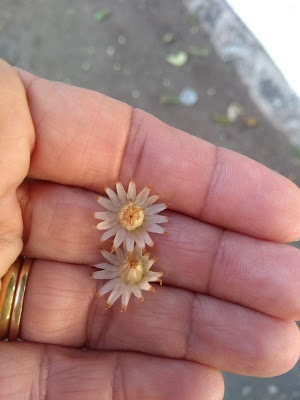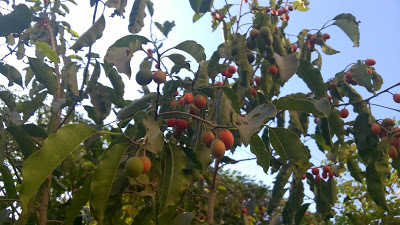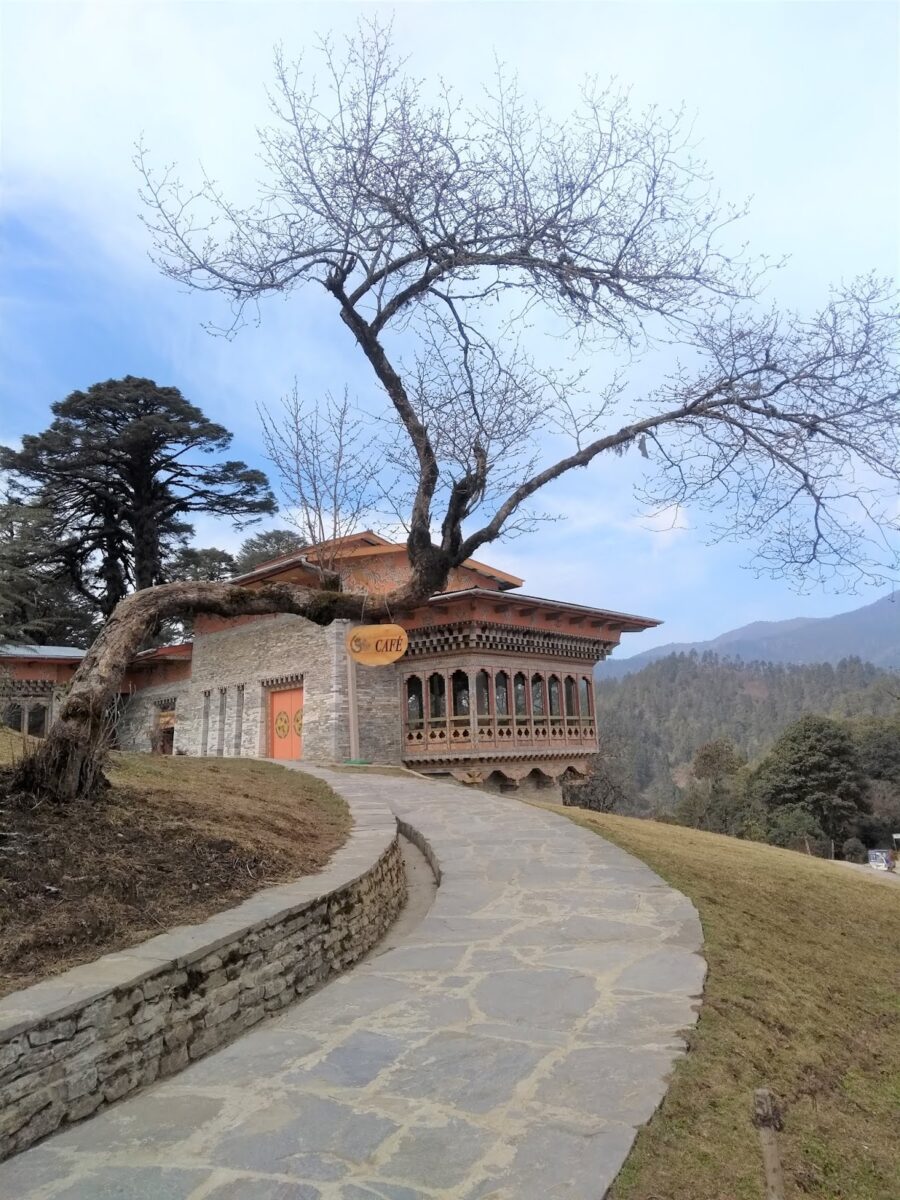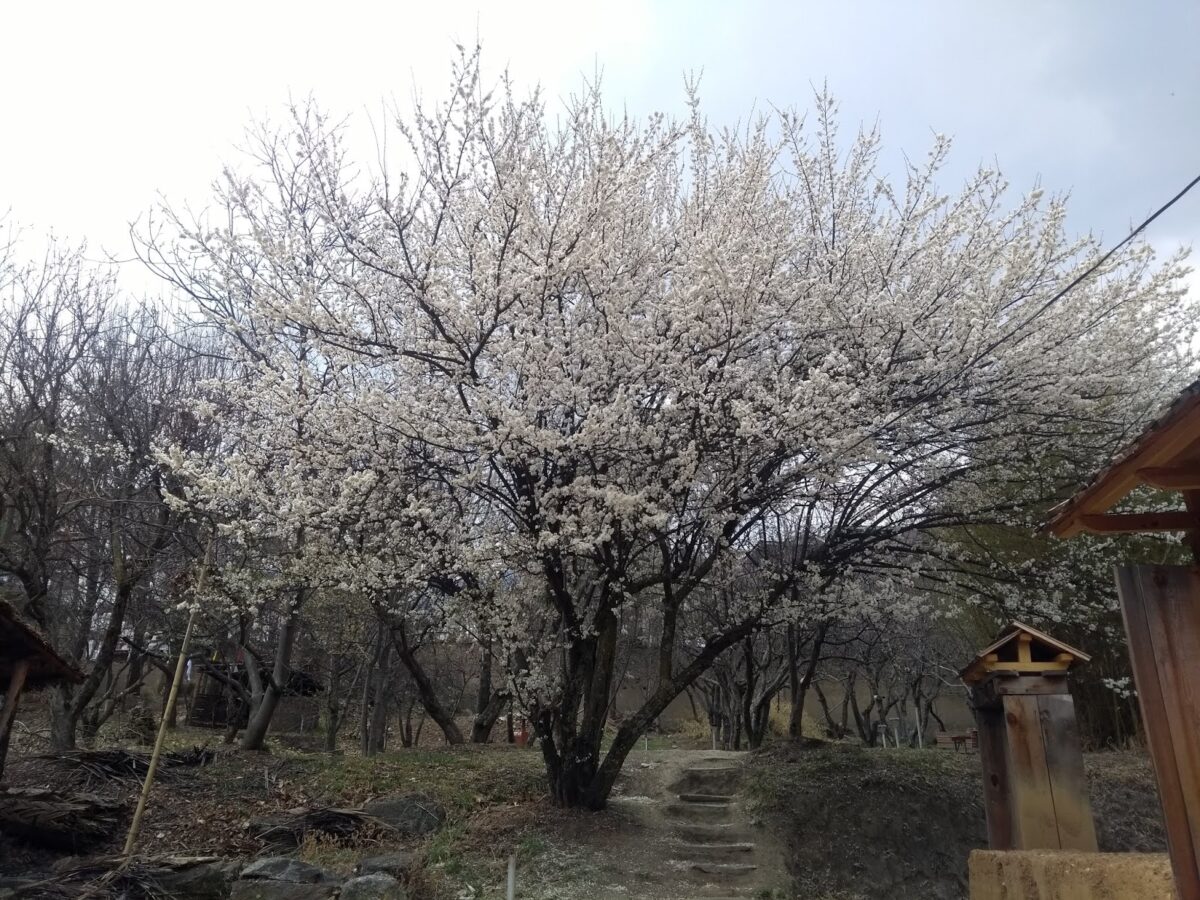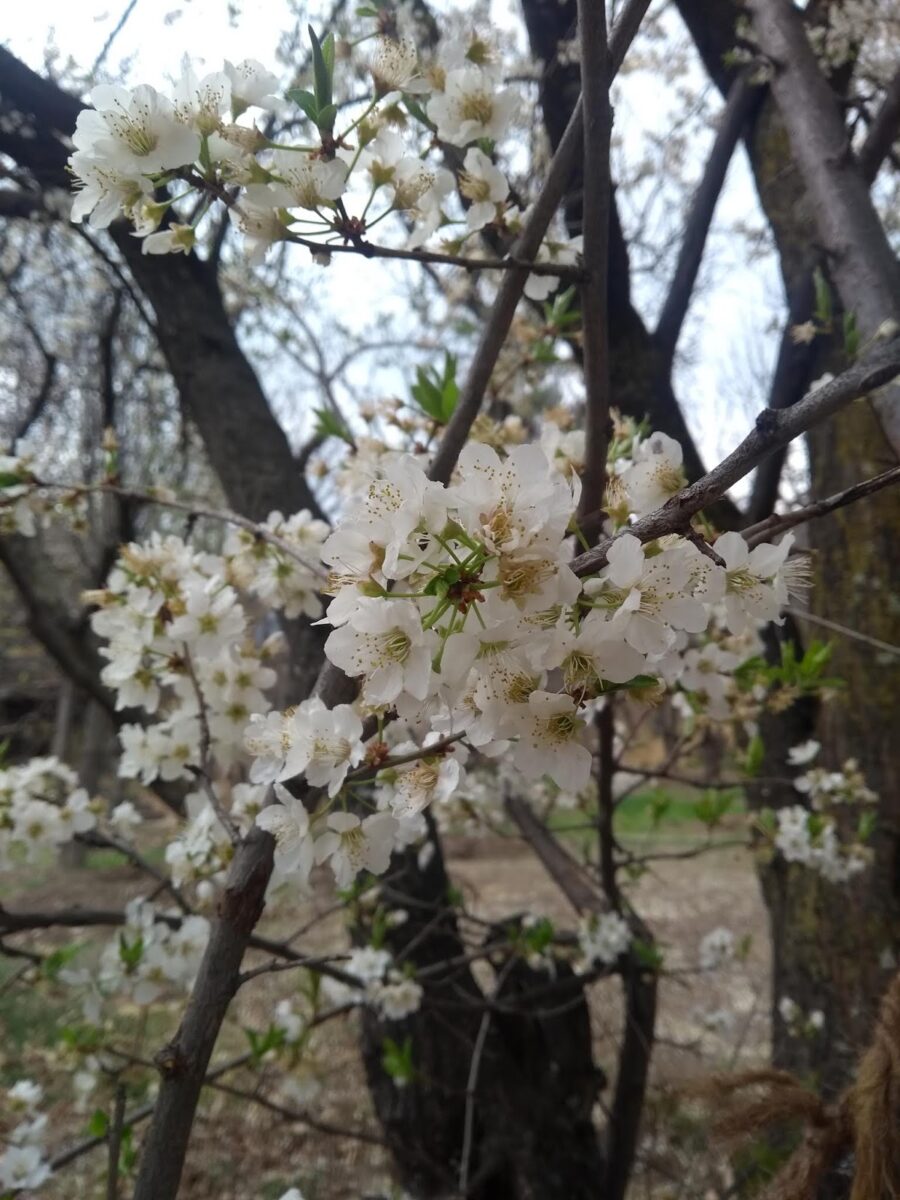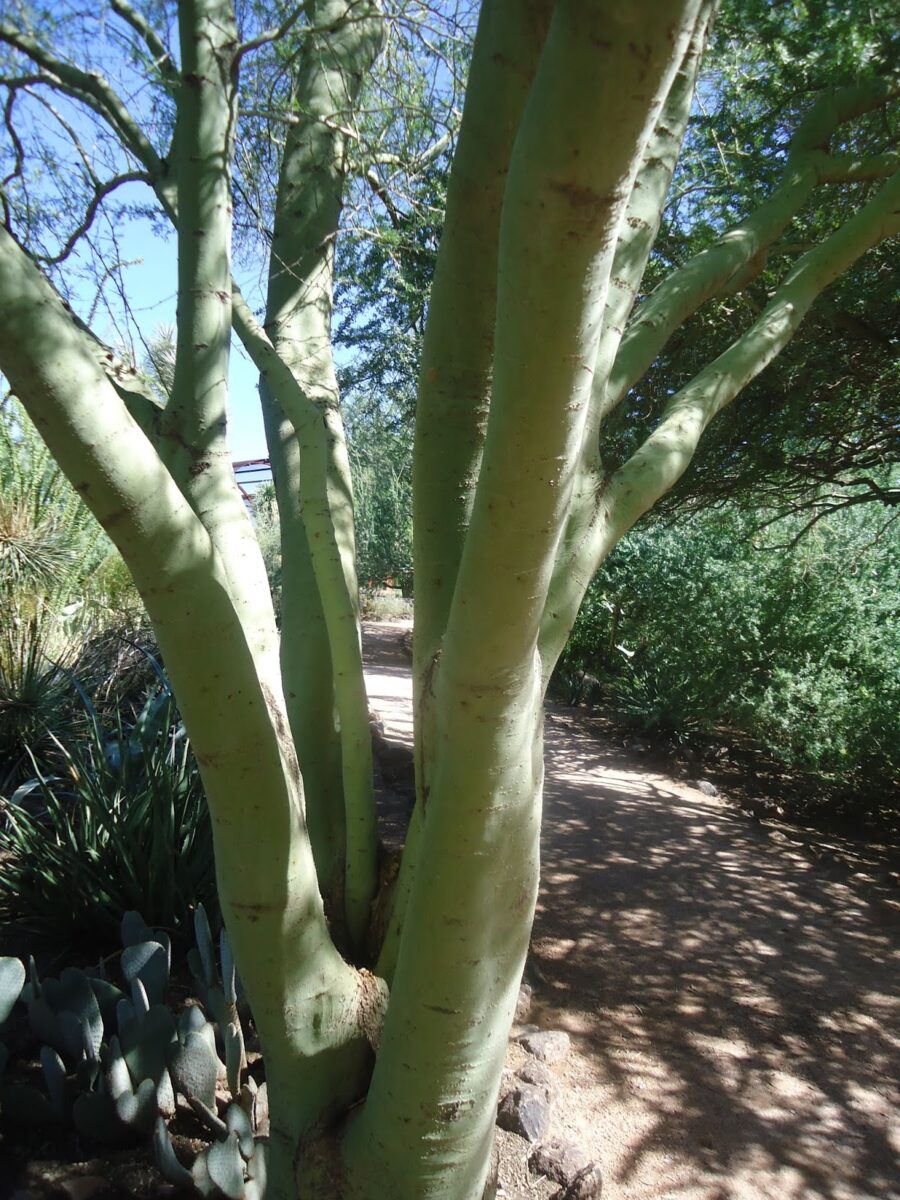
The beautiful green trunk of this tree just stopped me in my tracks.. This was a few years ago in Phoenix, Arizona. Help was at hand in the form of a small board with the tree id.
This is the Palo Verde – a tree belonging to the Fabaceae family and belongs to the Cercidium genus. Chorophyll present in the bark gives it the green colour (as does it in leaves). And yes, you are right, for this reason, the bark of the Palo Verde also produces food by photosynthesis as do its leaves. I guess, this is a plant adaptation for growing in region with high temperatures.
I remember we had learnt in school that, in desert plants like Cacti, leaves turn into spines to limit water loss and the green fleshy stem takes over the job of photosynthesis (food production).
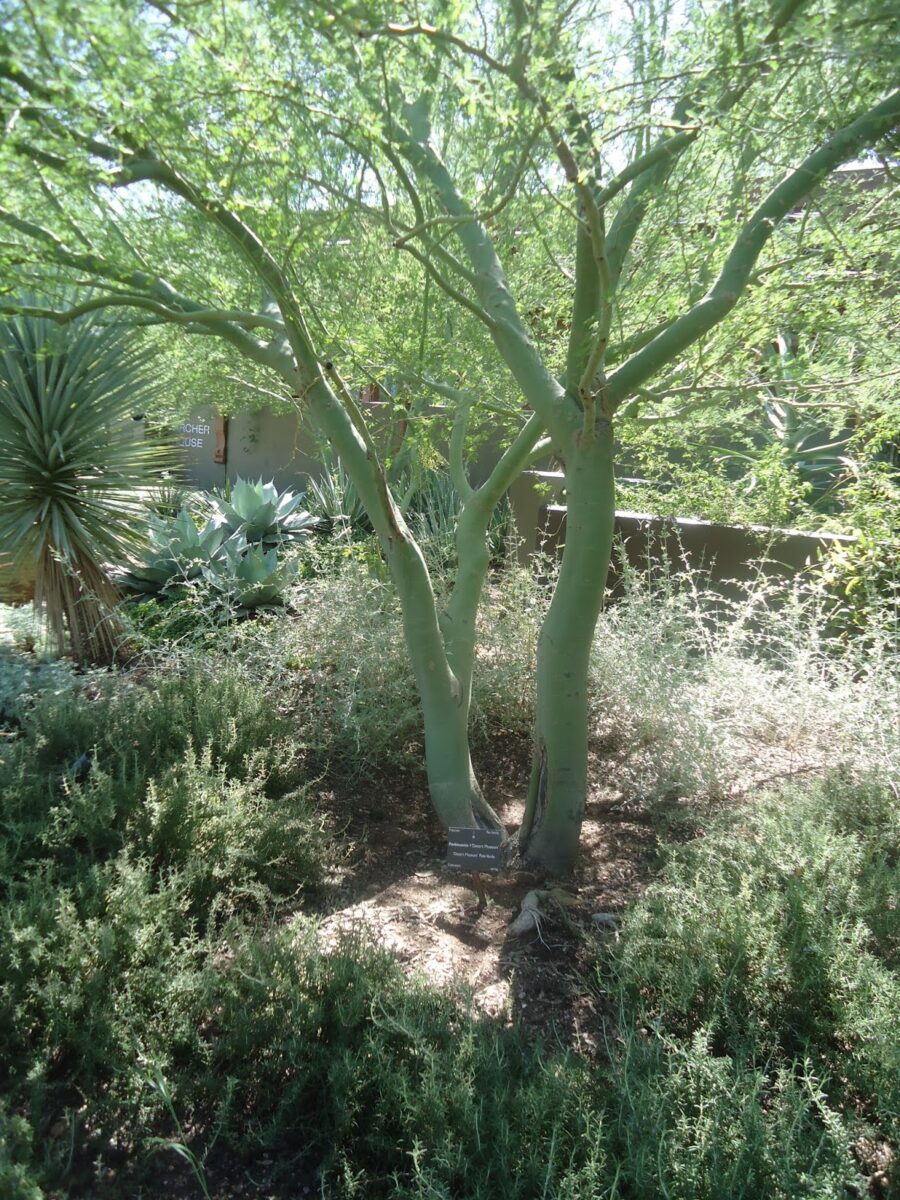
As I have said time and again, travelling is a great way to see history and culture of a new place, monuments and importantly, to see and enjoy its Flora as well!
Do you notice trees and plants during your travels?
I am joining Parul in her ThursdayTreeLove Blog hop. Do head over to see some wonderful trees from around the world. Better still, join in!
